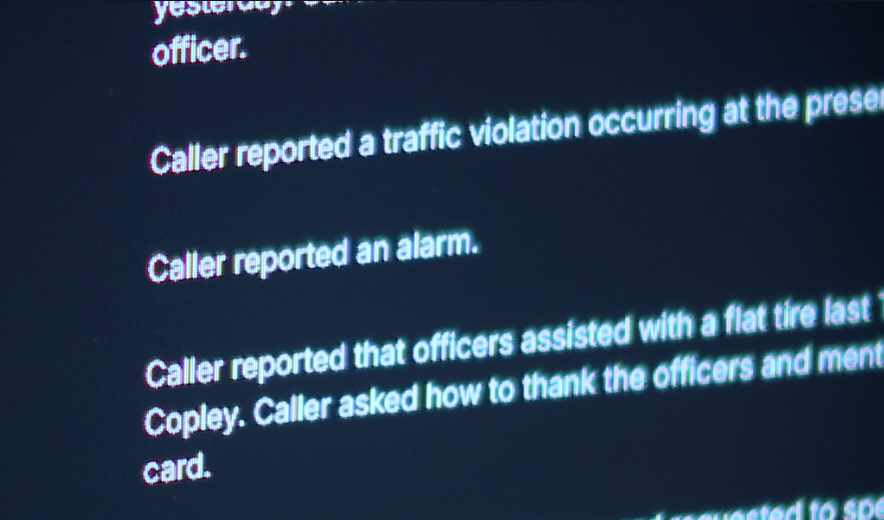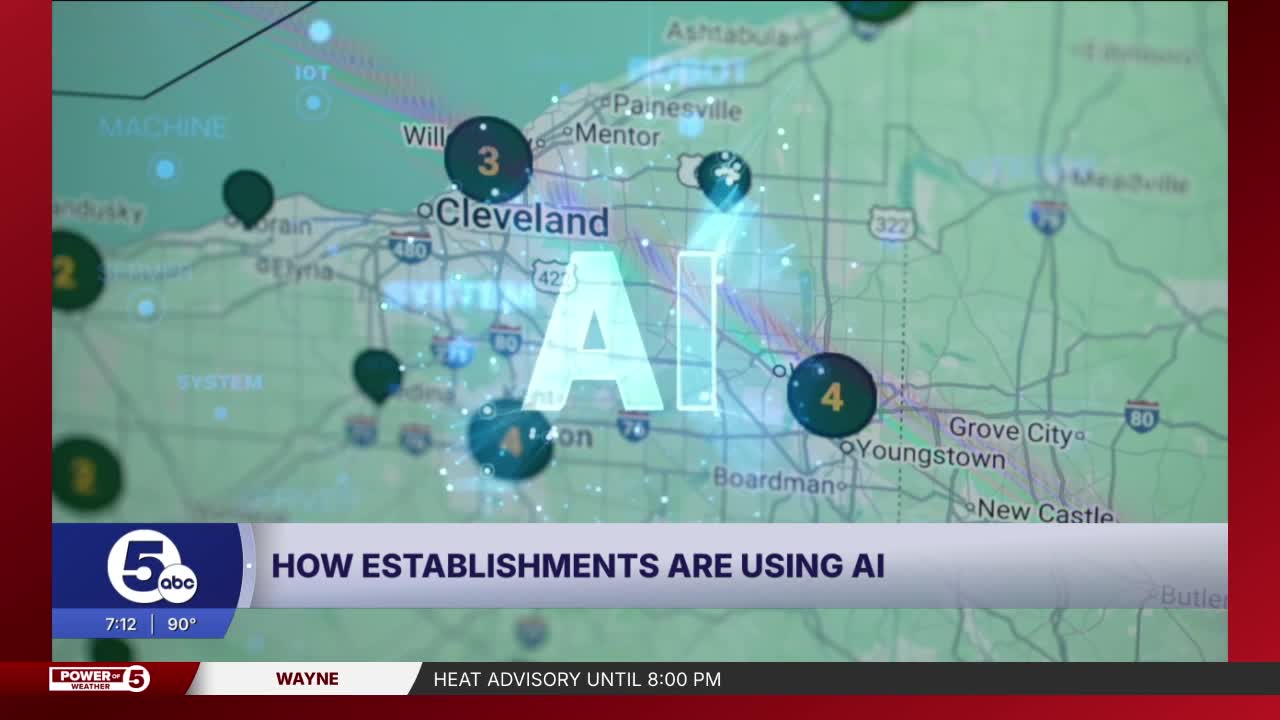TALLMADGE, Ohio — Beginning Friday, many police departments and fire departments across Summit County will start using artificial intelligence around the clock to answer and field calls to their non-emergency lines.
Municipalities that currently utilize the Summit Emergency Communications Center are set to make the switch, which includes 11 police departments and eight fire departments, such as Cuyahoga Falls, Tallmadge, Stow, Silver Lake, Mogadore, Copley, Coventry Township, Munroe Falls, the Summit County Sheriff's Office and Summit Metro Parks.
Right now, AI is being used for about 16 hours a day. A phone call to Stow's Police Department between the hours of 7 p.m. - 11 a.m. currently involves a caller being greeted by "Ava," an AI created by the company Aurelian, saying, "Stow Police's non-emergency line. My name is Ava. How can I help you?"

Ava collects the caller's information, analyzes it, and in some cases helps directly or passes along that information to dispatchers and police.
Friday's switch would make the non-emergency line driven by AI 24/7.
David O'Neal, director at the Summit Emergency Communications Center, estimates that across all their municipalities, they receive about 20,000-25,000 non-emergency calls a month. He is quick to point out that AI will not be used for anyone who calls 911, which will still be handled by a human dispatcher.
O’Neal hopes that people interact with Ava in a way they would not with a required automated call screener.
“I would like to think that this is a little more intuitive,” O’Neal said. “The biggest problem we have is callers call in and they want to talk to it like it's a robot. What we need them to do or what we hope they do, is to call in and just talk to them like they're talking to a person. When the conversation gets choppy and you're using short words and short phrases with the system, it doesn't turn out as well.”
After completing a conversation with Ava, O'Neal said that the information is put in a queue to be analyzed by dispatchers, followed up with a text back to the person who called, telling them that their call has been reviewed and an officer will be responding shortly.
In some instances, O'Neal says the AI will trigger immediate human intervention.
“There's a bunch of keywords because people do call the non-emergency line when there's an emergency and so the system is trained to pick up on different keywords,” he said. “As soon as it hears those words, it says ‘stand by, I'm going to transfer you over to a dispatcher.’ It can also sense emotion. So if, if somebody's agitated when they call, the system can sense that, and sometimes it'll kick it over to a live person just because of how the person presents on the phone.”
O'Neal told News 5 that for every 911 call they receive at the dispatch center, they receive six calls to the non-emergency line, many of which he says do not require a real person, such as being transferred to a department or wanting a tow report.
“The idea is if we can take those non-emergency calls off of the call takers, they have the ability then to focus on the emergency calls that are coming in," he explained.




